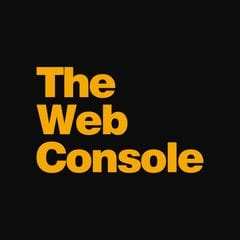Structuring your pages
From the previous article, you now know how important keywords are within your website copy. This article will explain the importance of keywords within certain parts of your site. The keywords within each of the following components need to match for an individual page.
- Titles - The website title is probably the most important part of your page. It is essentially a summary of a page, and only one set of keywords should appear within it. It is also typically displayed as your link on most search engines and the keywords are displayed in bold, so it needs to appeal to searchers as well. It is not a good idea to place too many keywords into your pages' title tags. Users see the title tags primarily in search results and it the title is stuffed with keywords they'll appear spammy and can discourage people from clicking thorough. It is also recommended to not target too many keywords in one title tag, rather focus on the keywords that are important for that page. It is also worth keeping in mind that search engine results typically cut the title tag off after 66 characters. So, ensure that the title maintains a balance of brevity and relevance. If Google has problems spidering the site, they will use the DMOZ description of your site as your page's title tags. It is also important to be conscious of keyword cannibalisation, which is inadvertently targeting the same keyword on multiple pages. This can dilute your efforts to outrank competitors and users may not click on results which they think aren't relevant.
- Headings - The heading is normally a summary of a page, and search engines therefore place large importance on its contents. This needs to match the page title. With the editor, we give you 3 heading types that you can use. Each heading type is formatted a different colour to ensure that your website maintains consistency throughout each page.
- Meta Description - The meta-description is the little blurb that describes the content listed in the search results pages. Although it is important to place keywords in your meta description, it unwise to stuff the description full of keywords as the results in the search engine will look like spam. The description cuts off after 155 - 170 characters, so try to stay within this limit. Within thewebconsole, you can set the meta tags for the entire site, or you can set them for each page individually. It is recommended that you customise the meta description for each page so users can differentiate one page from another.
- Text links / Internal Anchor Text- Google recommends that every page has a text link pointing to it. For this reason, we automatically create the sitemap which is accessible from every page within the site. Additionally, when creating additional links, avoid writing anchor text that says 'click here'. Instead be sure to place the keywords for the page you are linking to in the text of the link.
- Bold Text - Google places more importance on emphasised words, such as words in bold. So when appropriate, bold your keywords as they appear in your content.
- Alt Text - If you add an image to a page, be sure to place your keywords in the "ALT" or alternative text for that image. You can do this when editing the page. Google places the same importance on this text as it would if the link was a text link. It is also essential to maintain your website's W3C standards.
- Footer links - The footer appears on every page. It has some important text links on it. If there is a page that is important, you can add it to the footer when editing the page's details. E.g.: Add your resources (links) page to this.
- Page Name - Ensure that you match the page name to the same keywords you have used in in the page title and headings.
- Domain Name - It can help to have your keywords appearing in your domain name. If separating keywords by hyphens, try not to use more than one or two hyphens.
Last Modified: 22 June 2022
